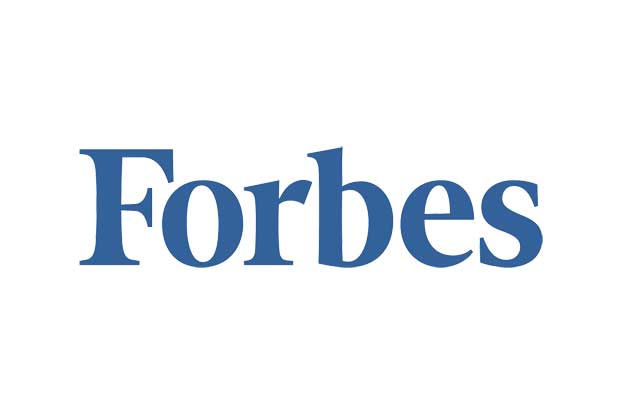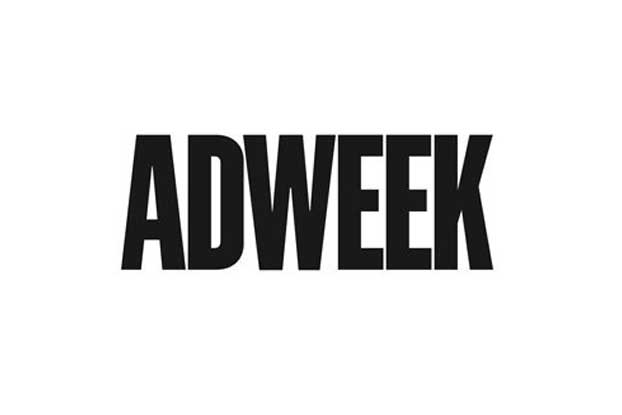As written by Rob Tanner, assistant professor of marketing for the Wisconsin School of Business at the University of Wisconsin-Madison and published by Forbes:
Consumers have become highly adept at avoiding television advertisements. We switch channels, divert attention to our tablets and phones, and of course fast-forward through ads on our DVRs. Partly in response to this loss of attention, marketers are increasingly focused on product placement as an alternative way of exposing us to their brands. After all, product placement is innately much harder to skip given its integration into the actual program content.
Most academic research on product placement has primarily considered it as a separate persuasive technique independent from the commercial break advertising. That is, mirroring early research on TV advertising, research has focused on how product placement influences viewers’ recall of and attitude toward brands. However, this overlooks the possibility that product placement in a show might influence the likelihood of viewers watching an advertisement for related products at the next commercial break.
In research just published in Marketing Science, my colleagues David Schweidel of Emory University and Natasha Foutz of the University of Virginia and I began to explore whether such synergies exist. Specifically we examined how product placement might affect the audience for subsequent ads in a number of cases. These included a perfect match, which is when the same product features in both the placement and the ad, e.g. the judges on American Idol drink Coke and then a Coke advertisement is shown in a subsequent commercial break. A brand-only match represents the case where different products from the same brand feature in the placement and ad, such as an iPhone commercial following an earlier MacBook Air placement. A competitive-match occurs when a specific product placement is followed by an advertisement by a category competitor, imagine for example if the Coke placement on American Idol was actually followed by a Pepsi commercial.
Our investigation was motivated by the fact that psychological research on priming suggests that brief exposures to visual stimuli can be sufficient to alter how people respond to subsequent stimuli in an entirely nonconscious fashion. The primary idea we rely on is that when a placement and a subsequent advertisement feature the same brand (perfect match and brand-only match) the placement acts as a prime that activates the brand in the viewer’s memory, thus leading to temporary increases in its accessibility. Several theoretical accounts predict that such increased accessibility should result in increased attention being paid to subsequent advertisements featuring the brand. For example, if there was a box of Cheerios in a kitchen scene in “Modern Family,” then despite not consciously noticing it, a viewer may nonetheless pay more attention to a subsequent Cheerios ad than if the placement had not been present…
So what did we find? Does prior product placement affect this 7% drop in audience? The answer is yes. When there is a perfect match between the first ad and a prior placement (e.g., Coke ad preceded by a Coke placement) the audience drop is reduced by 5%. In the brand-match case (e.g., iPhone ad following a MacBook placement) the effect is even greater, with the audience drop during the first ad being reduced by 11%. Our data does not enable us to explore why the latter reduction is larger, but our hypothesis is that viewers are simply more likely to consciously notice the perfect matches (and potential infer an underlying persuasion motive) which would tend to offset or undo the otherwise nonconscious effect.
About David Schweidel
David Schweidel joined the Goizueta Business School faculty in 2012. His research focuses on the development and application of statistical models to understand customer behavior, specifically in the context of customer relationship management and customer valuation. His current research explores the use of social media as a means of marketing intelligence. His research has appeared in publications including Marketing Science, Management Science, Journal of Marketing Research, and Journal of Marketing. He completed his PhD at the Wharton School of the University of Pennsylvania in 2006. Prior to joining Goizueta, he was on the faculty at the University of Wisconsin-Madison School of Business. While at the Wisconsin School of Business, he received junior faculty research and teaching awards. In 2011, he was invited to participate in the Marketing Science Institute’s biennial Young Scholar Program.











